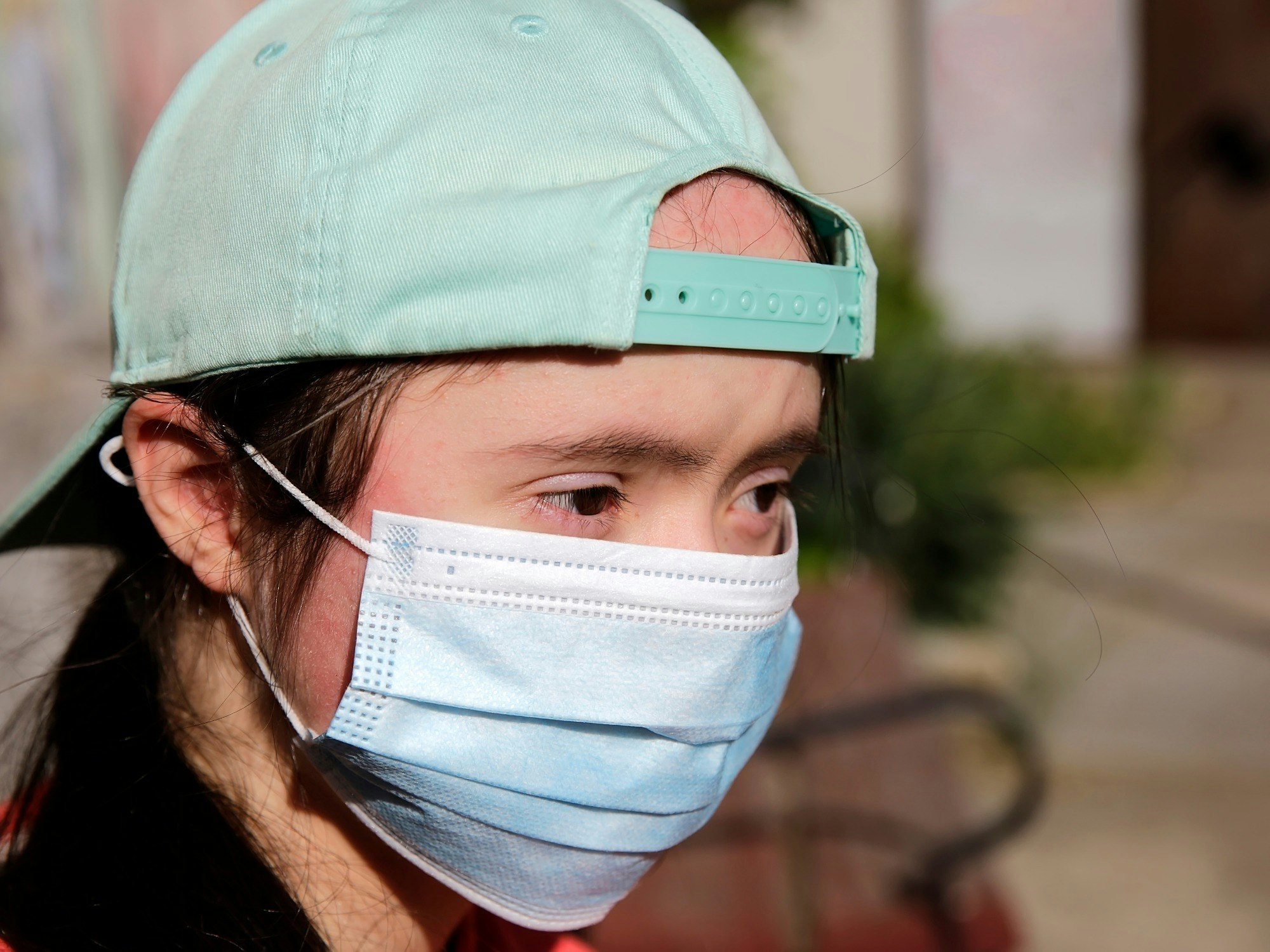Survey reveals COVID-19 experience has been “expensive, isolating and lonely”

A new survey released by peak disability rights organisation, People With Disability Australia (PWDA), has revealed the impact of COVID-19 on people with disability.
Results also show that many people with disability have experienced changes caused by COVID-19 with increases to expenses, changes to the way supports, including NDIS supports, are accessed, and changes to healthcare.
PWDA surveyed over 200 people throughout May, with over 88 percent of respondents being someone who lives with disability and the other 12 percent carers and family members.
One of the key impacts flagged by survey respondents was the increase in expenses for people with disability and the inability to access the coronavirus supplement.
The coronavirus supplement was only provided to those who received payments, including JobSeeker, Sickness Allowance, Youth Allowance, and Austudy.
El Gibbs, Director, Media and Communications, PWDA says, “Over 90 percent of people with disability said they had faced increased expenses due to COVID-19.
“People with disability had higher expenses for food and groceries (58 percent), healthcare (31 percent), internet and phone (26 percent) and sanitising and hygiene equipment (20 percent).”
“Many people with disability already live in poverty and rely on income support, such as the Disability Support Pension (DSP). But those on the DSP were not eligible for the coronavirus supplement that would have gone some way towards alleviating these increased costs.”
One survey respondent explained the impact of the rising costs saying, “I have increased costs for groceries, utilities and disability related items. Some of my medications have been unavailable for over a month. Some of the disability related items have increased in price or have been unavailable. I have also had to purchase extra disability related items for my son.”
While another respondent says that they feel “abandoned and invisible” due to a lack of support offered to them during COVID-19.
“The additional stress and financial costs were one thing, but the lack of proactive support was really the thing that angered me most. We live below the poverty line and are so vulnerable with immunity issues – I felt abandoned and invisible.”
According to the PWDA survey, less than 10 percent of the population of people with disability in Australia is supported by the NDIS and are therefore unable to access and pay for the additional supports and services they may require.
The survey also revealed that the ability to access essential services during COVID-19 has remained a significant concern for people with disability in Australia.
Ms Gibbs says, “One key issue for many people with disability during the COVID-19 pandemic has been how we can continue the essential supports we need to live our lives.
“Our survey showed that both NDIS and non-NDIS supports were affected by the pandemic, with over 40 percent of people with disability reporting less support.”
A respondent to the survey says that the impact has been huge for them.
“I lost all NDIS supports, and am now barely alive, I do believe I could die from this. I have had huge issues trying to get any food, food delivery from supermarkets, very patchy. I have no family or friends or informal supports and rely on paid supports to keep me alive, how much longer I live is beyond me. I do not have the technology I need or require or [the] assistance to access it.”
The increase of telehealth services has been a positive outcome and needs to continue beyond COVID-19, says Ms Gibbs.
“We are pleased to see the rapid move to using telehealth facilities, and our survey shows that many people with disability have accessed healthcare in this way.
“It is vital that telehealth remains an option for people with disability into the future.”
While the majority of survey respondents agree that the increase of telehealth services has been beneficial for some, it created additional challenges.
“I am deaf but don’t sign, and the move to Zoom and telehealth has been extremely difficult for me. I used my NDIS money for captioning in Zoom meetings as the sound quality was so terrible. It was also hard communicating with the doctor for telehealth sessions.”
The issues flagged in the survey were raised to Australian Governments by PWDA, alongside over 70 other disability advocacy organisations, in an open letter to the National Cabinet.
In the letter, they called for specific and targeted measures to protect and support people with disability, their families, carers and support persons from the impact of COVID-19.
Ms Gibbs says that there is much to learn from the survey about the impacts of COVID-19 and that while COID-19 measures are supported, they need to consider any adverse effects on people with disability.
You can read the full survey results on the PWDA website.
For the latest updates on how COVID-19 is impacting the disability sector visit our dedicated COVID-19 information page.
What has your experience been with COVID-19? Tell us in the comments below or send an email to [email protected].